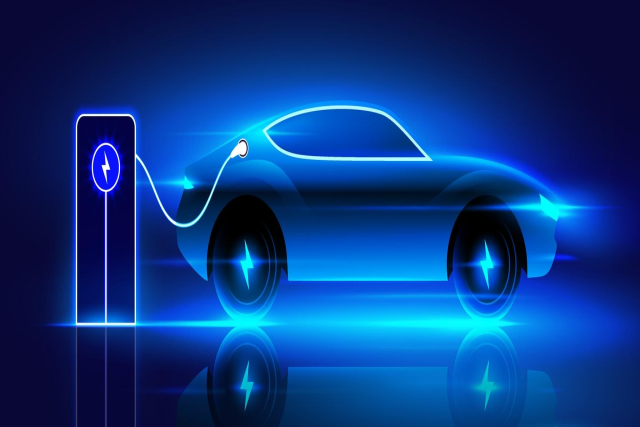
Hydrogen fuel cell vehicles (FCVs) represent one of the most feasible avenues for clean mobility, but their success is contingent upon the construction and accessibility of hydrogen fueling infrastructure. As of 2022, the hydrogen fuel cell vehicle industry capitalization was $1.46 billion, and the industry is expected to grow at a CAGR of 54.3% from 2023 to 2030.There is a critical need for sustainable energy hydrogen fueling stations if fuel cell vehicle adoption is to be done in the world. However, the challenges infrastructural deployment is faced with need to be corrected to guarantee the success of these stations.
Current Status of Hydrogen Fueling Stations
As of now, there are specific areas in the world, for instance, California, Japan, and parts of Europe, where hydrogen fueling stations are primarily located. The International Energy Association (IEA) reports that there are currently under 600 hydrogen fueling stations across the globe. This scenario presents a serious impediment to the industry penetration of fuel cell vehicles because drivers have to be rest assured that refueling stations are available to them. To illustrate, in California, despite having the highest stocking of hydrogen stations in the United States, vehicle owners still find themselves having to rely greatly on a limited network, which causes range anxiety of vehicles among a great number of customers.
Investments and Collaborations Driving Infrastructure Growth
Even with the above-mentioned challenges, a considerable network expansion is made with the hydrogen fueling infrastructure. Private and government investment is considerable. The joint efforts by Toyota, Honda, and Shell to scale hydrogen infrastructure together with the Japan Hydrogen Highway project is a great example of what the future can be. These alliances have significant value in constructing an integrated network of stations that will serve the growing population of fuel cell vehicles. In Europe, the Fuel Cells and Hydrogen Joint Undertaking (FCH JU) is aiming for the development of an EU-wide network that would foster industry partnerships and accelerate the growth of the region.
Solutions to Overcome Logistical and Cost Challenges
Challenges related to logistics and funding are one of the primary concerns for building the hydrogen fueling infrastructure. The first problem affecting growth is the costs associated with building hydrogen stations that are highly sophisticated gears for dealing with hydrogen’s production, storage, and distribution. On the other side, the building of smaller and lighter, more economically priced electrolyzers will undoubtedly help in reaching the hydrogen production cost level that will allow widespread usage of these fueling stations.
Moreover, subsidies and incentives featured in the European Union’s Green Deal can aid in overcoming these issues. Hydrogen station development can receive a great deal of assistance which increases their infrastructure. In addition, public-private partnerships can help subsidize the initial expenditures needed for infrastructure development so that hydrogen-driven automobiles can be placed on the industry at affordable prices.
Conclusion
With collaborations and investments in hydrogen fueling stations, new horizons appear. There are still serious logistical and cost issues, but the increase of technology and relevant partners makes it easier. Let us hope we don’t need to wait long—the world is ready for hydrogen vehicles, and so is sustainable transport.






